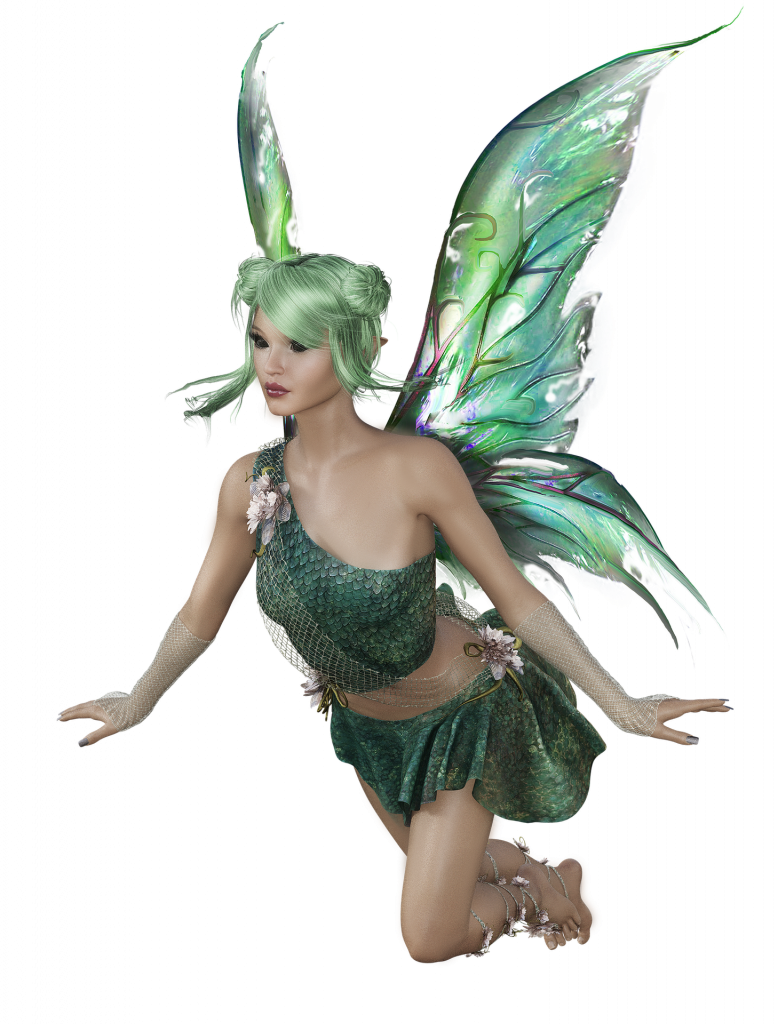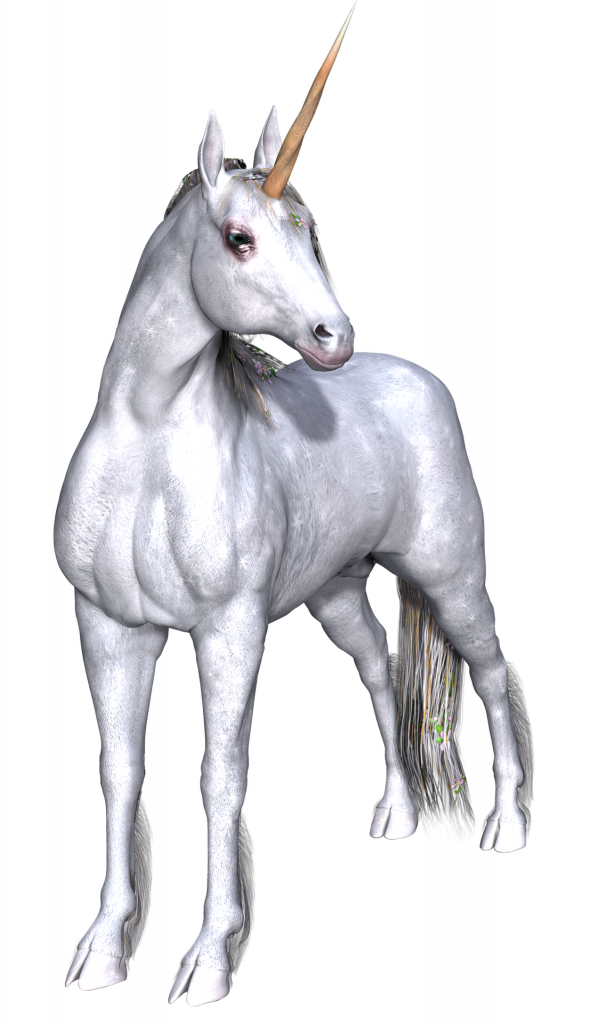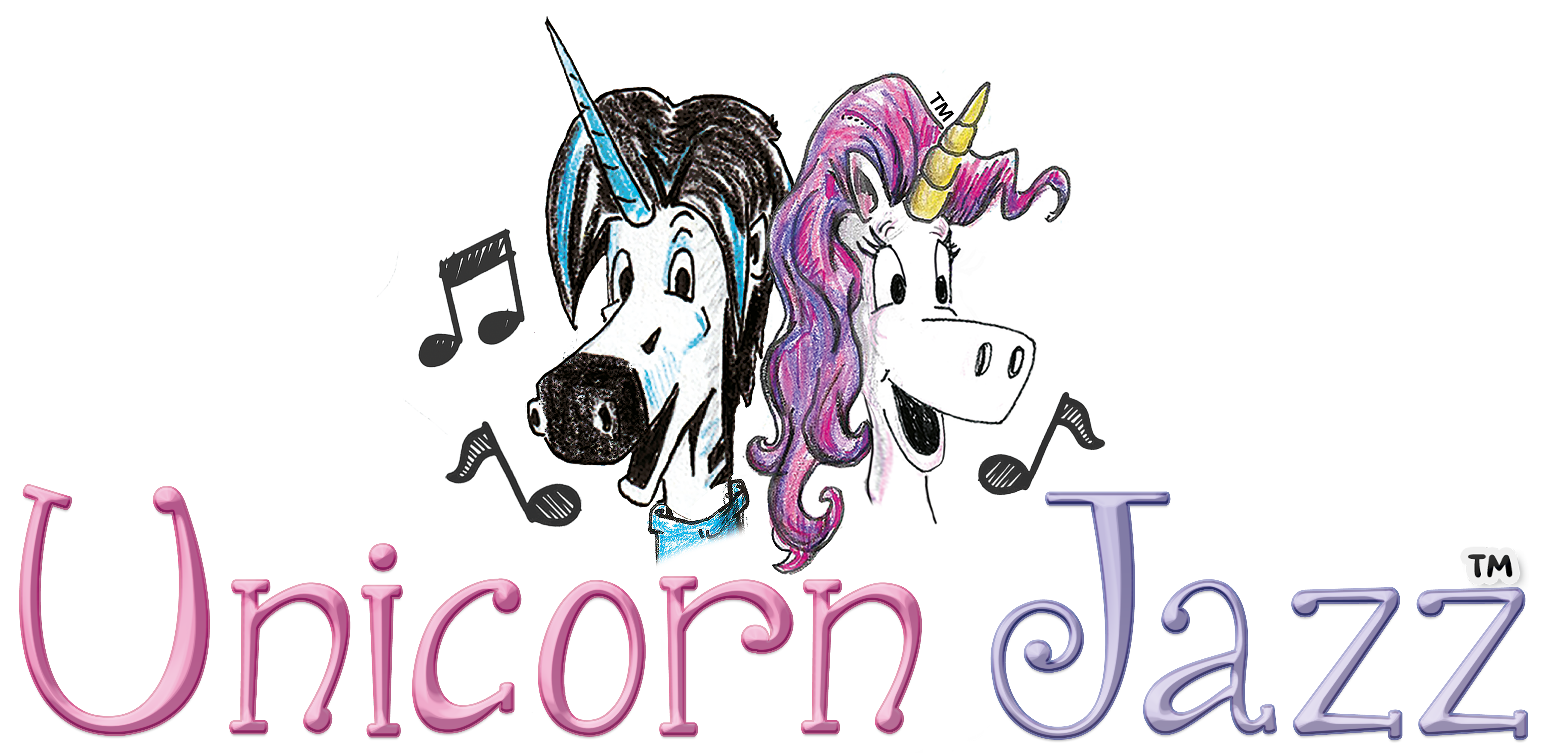Fantastic History – 5 Beautiful Myth & Legend Animals
These five fabulous creatures make our list of the most beautifully told legends not just for their physical beauty, but for what they stood for as symbols throughout human history and for the things that come to mind when we think about them.
eep in mind that although this list is numbered, these legendary animals are by no means ranked in a hierarchal order of importance. In other words, whichever one of these gorgeous creatures is number one is entirely up to you! Enjoy!
1. The Phoenix
![]()
Origins
Being one of the oldest legendary animals in history, no one knows for sure where the myth of the phoenix first began, but sources say this mythical bird has its origins in the ancient cultures of both Greece and Egypt at around the same time.
Appearance
- Like all legends, what the phoenix actually looks like varies from culture to culture and story to story.
- The most widely known appearance of the phoenix is that it resembles a large crane that glows in the sky with its beautifully colored feathers of red, yellow, orange, and gold.
- While the phoenix is known to come in many sizes, it is usually about the size of an eagle.
Powers
- The phoenix is known to have a long lifespan with a minimum of 500 years. However, unlike other animals of legend, there can only be one phoenix in existence at a time.
- While the phoenix has a gorgeous voice and can create fire with the flap of its wings, the true power of this legendary creature comes when it reaches the end of its life.
- The phoenix dies in a very unique way – it builds a nest made of spices herbs then sets it aflame with its magical wings and rests inside it.
- Once the phoenix burns completely and becomes nothing but ash, a new phoenix rises from those same ashes in its place, making a new, younger, and more beautiful phoenix than before.
- It is from this ancient multicultural legend that we still use the phrase “rising from the ashes like a phoenix” even today.
Symbolism
- The phoenix symbolizes many things including strength, perseverance, immortality, and hope.
- It was associated as a major symbol of the Sun in ancient times due to its fire-like nature, especially in relation to Ra of the Egyptian pantheon.
- Since the rise of Christianity, the phoenix has also become associated with the quality of spiritual renewal and rebirth, and as a motif for Jesus who died and rose again in the same body.
2. Mermaids
![]()
Origins
One of the most popular myths throughout the world, Mermaids can be found in legends all across Europe, Asia, and Africa. Pretty much any coastal areas that are surrounded by water have a mermaid in their cultural myths.
Appearance
- Half-woman from the top up and half-fish from the waist down, mermaids all have long flowing hair and shiny sparkling scales that cover their whole tail.
- The male equivalents of mermaids are called mermen, who are much more secretive and lesser-known than their female counterparts.
- Together, mermaids and mermen are called merfolk, or merpeople.
Powers
- Mermaids have lovely singing voices that can soothe the oceans while mermen are known for their skill in instrument playing, especially with aquatic conch shells.
- Other than making incredible music and calming our seas, both mermaids and mermen have the power to cause storms, predict the weather, and can breathe equally well on both land and underwater.
- The legend of the mermaid’s influence over the ocean was so powerful in medieval times that even pirates would avoid entering areas where there were reported merfolk sightings.
- While mermaids are most famously known for living in the saltwater ocean, there are also tales of merfolk who inhabit freshwater lakes and rivers too.
Symbolism
- Merfolk represent purity for their part in keeping our waters safe.
- They are associated with the responsibility of keeping life abundant in our oceans.
- Mermaids and mermen have also come to symbolize human and world unity by being human-like creatures with the power to be able to breathe as well on land as in the water.
3. The Griffin
![]()
Origins
A creature as historic and wonderous as the phoenix, the griffin was depicted in ancient Egyptian art and writing as early as 3000 BC. In Egyptian myth, griffins were responsible for pulling the divine chariot of the pharaoh. In Greek myth, the griffins were referred to as “The Hounds of Zeus”.
Appearance
- Griffins are four-legged creatures with the bodies, claws, and tails of a lion and have the heads and wings of an eagle.
- There are many interpretations of what the griffin looks like across myths and cultures, with some claiming that the griffin has eagle talons as its front legs while some say that the griffin is wingless.
- In British mythology, only female griffins have wings. Although the British male griffins have no wings, they do have horns on their head that resemble a unicorn’s.
Powers
- Winged griffins are known for flying at super-fast speeds through the sky and for their incredible strength.
- A griffin’s claw or talon was known in legends to have medicinal properties that can heal certain diseases.
- It is said that a single feather from a griffin could restore a blind person’s eyesight.
Symbolism
- A hybrid between the lion, king of the animals, and an eagle, king of the birds, Griffins represent intelligence, strength, courage, and leadership.
- Griffins were also used as symbols of fidelity, especially in the Catholic Church. The reason for this is because griffins are known to only have one partner for their entire lives. Even if that partner should die before them, griffins won’t seek out a new one.
4. Fairies

Origins
The fairy has its origins in stories all across Europe, and pretty much every European ethnic group has a fairy or two in their cultural legends, including those of Celtic, Slavic, British, Germanic, and French ancestry.
Appearance
- Fairies are enchanted human-like creatures with the wings of either a butterfly or dragonfly.
- Fairies range in size and can be either as tall as an adult or as small as an ant.
- Known to live underground, fairies tend to wear robes and are associated with the color green, whether as their choice of robe color or even as the color of their hair, eyes, and wings.
Powers
- While fairies are known to appear in many sizes, this is because this is one of their unique magical powers! That’s right, fairies can grow as big or shrink as little as they want whenever they want!
- Fairies are timeless – they don’t age and never get old.
- In versions where fairies don’t have wings, they can fly on the backs of birds by communicating with them.
- Fairies have the rare ability to travel between this world and the next and can communicate with the souls of the dead.
- Female fairies have the extra special magical power of being able to tell fortunes by foreseeing any births and deaths of the future.
Symbolism
- Fairies represent a few unique things. They are seen as a guiding force between this world and the next and can deliver messages from deceased souls to people living on Earth.
- As messengers between worlds, fairies are typically associated with the spirit and the eternalness of life after death.
- Fairies also symbolize natural beauty as protectors of plants and sacred lands.
5. The Unicorn

Last but most certainly not least, an article about the most beautiful creatures of legend wouldn’t be complete without mentioning what is arguably the most beautiful creature of all — the peaceful and majestic unicorn.
Origins
The unicorn was first mentioned in India around 2000 BC during the time of the Indus Valley civilization. Since then, unicorn legends have become so popular that the myth of this creature spread across the entire Eurasian continent — from the west coast of the British Isles to the easternmost islands of Japan. Although not included in their wide array of mythical beasts, the ancient Greeks actually thought unicorns were real animals that were very private and barely showed themselves to people.
Appearance
- In western European traditions, the unicorn is most usually depicted as having a horse’s body but is much larger in size.
- Across cultures, unicorns are shaped differently, with some Eastern versions claiming that the unicorn is about the size of a goat and as slim as a deer.
- However, the main thing that defines a unicorn is that they all have a shiny spiral horn on the top of their head, called an alicorn. Of course, what the alicorn is shaped and looks like varies from story to story, with some claiming that it is curved, while others say it points completely upright.
Powers
- A unicorn’s alicorn is known to purify poisoned water and can even heal major wounds and sicknesses.
- The unicorn is known for its swift speed. Quicker and nimbler than any other legendary land animal, this creature can even dash across bodies of water at high speeds.
- Unicorns are one of the most difficult creatures for hunters to catch and tame. Not only are they fast, but they are also intelligent enough to avoid traps and foresee ambushes.
Symbolism
- Due to the alicorn’s healing abilities, the unicorn is seen as a symbol of purity and restoration.
- As the animal opposite to the lion, the unicorn is known for being the most non-aggressive of creatures, which has caused many to associate it with grace, elegance, and peace.
- While not aggressive creatures, unicorns are still widely known for their strength, which is much greater than that of the lion.



